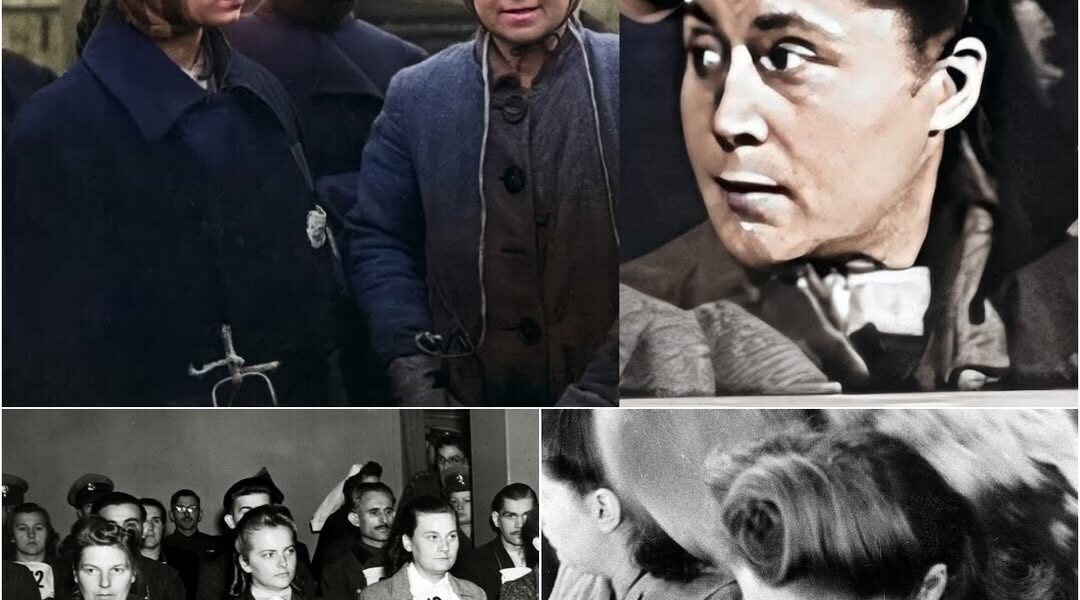FROM NURSE TO NAZI BUTCHER: The Horrifying True Story of Greta Bösel – The Nurse Who Chose Victims for Gas Chambers
The atrocities of the Holocaust remain a haunting chapter in human history, with stories of cruelty that defy comprehension. Among the perpetrators was Greta Bösel, a trained nurse whose descent into barbarity as a Nazi camp guard at Ravensbrück concentration camp earned her the chilling moniker of a “butcher.” From deciding the fates of countless prisoners to overseeing selections for the gas chambers or transfer to the notorious Uckermark subcamp, Bösel’s actions epitomized the horrors of the Nazi regime. Her execution on May 3, 1947, marked a grim reckoning for her crimes. Dive into this chilling analysis of Bösel’s transformation, her role at Ravensbrück, and the justice she faced, and join the conversation on the dark legacy of those who enabled the Holocaust’s horrors.
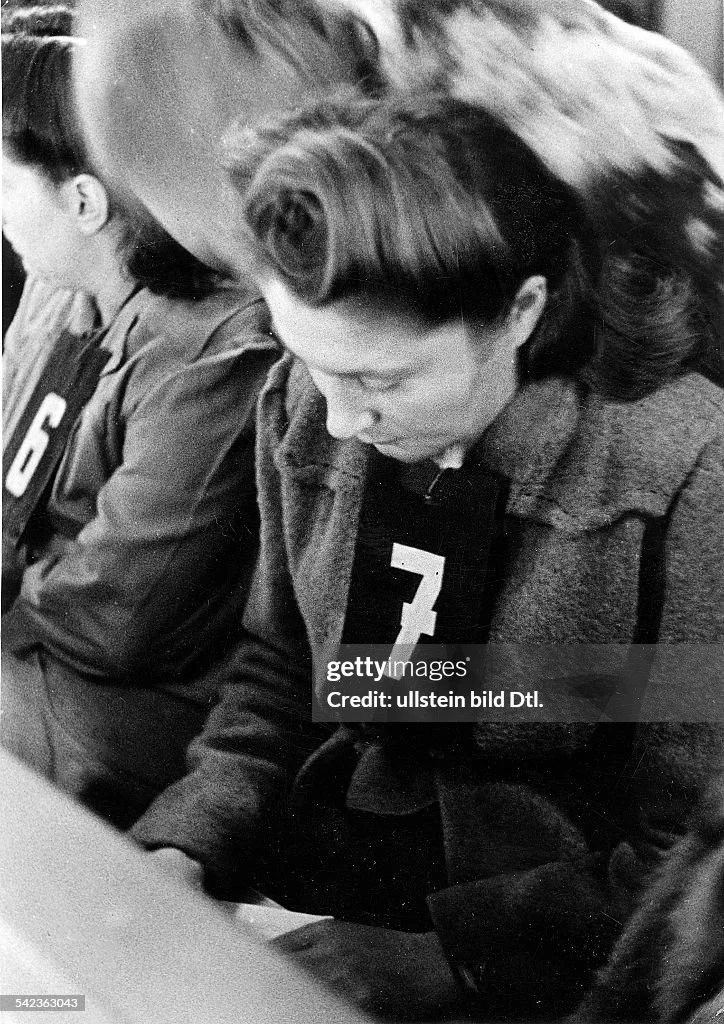
Greta Bosel
Greta Bösel’s journey from a caregiver to a perpetrator of genocide is a stark reminder of how ideology can corrupt even those trained to save lives. Her role at Ravensbrück, her brutal decisions, and her eventual trial and execution reveal the depths of human cruelty and the pursuit of justice in the aftermath of World War II.
From Nurse to Nazi Guard
Born on May 9, 1908, in Wuppertal-Elberfeld, Germany, Greta Bösel (née Mueller) began her career as a trained nurse, a profession rooted in compassion and care. Yet, by August 1944, she had abandoned her healing roots to join the ranks of the Schutzstaffel (SS) as a camp guard at Ravensbrück, the Nazi regime’s primary concentration camp for women, located near Fürstenberg, Germany. Ravensbrück housed approximately 130,000 women by its liberation in April 1945, with an estimated 50,000 perishing due to starvation, illness, or execution. Bösel’s role as Arbeitseinsatzführerin (Work Input Overseer) gave her significant authority over prisoner labor assignments, a position she wielded with chilling indifference.
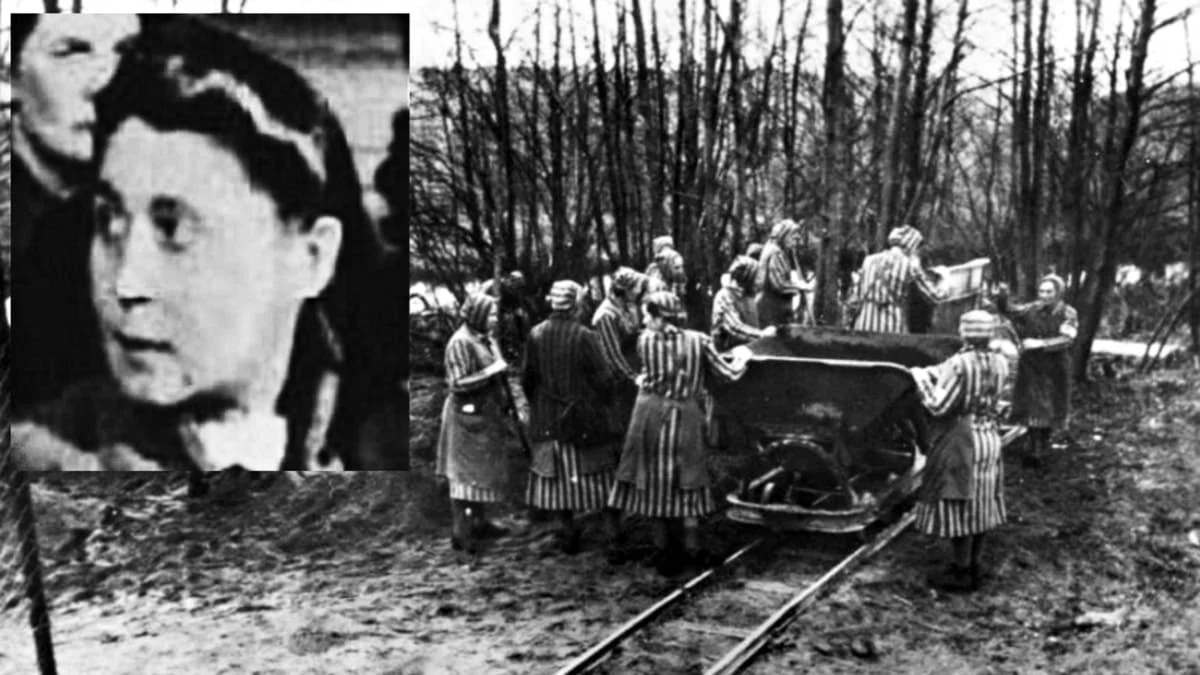
Her transformation from nurse to overseer was not unique—other female guards, like Irma Grese and Dorothea Binz, also abandoned moral compasses for Nazi ideology. Bösel’s medical background made her betrayal particularly egregious; as one X post noted, “A nurse turned executioner? That’s a special kind of evil.” Her shift reflects the Nazi system’s ability to exploit individuals’ skills for horrific ends, turning caregivers into agents of death.
The “Butcher” of Ravensbrück
At Ravensbrück, Bösel’s role extended beyond labor oversight to life-and-death decisions. In November 1944, she was among the staff tasked with selecting prisoners for the gas chambers or transfer to Uckermark, a nearby subcamp initially for girls aged 16–21 but later converted into an extermination site where over 5,000 women were murdered. Bösel’s callous philosophy was captured in her infamous words to another SS guard: “If they [prisoners] cannot work, let them rot.” This statement, documented in trial records, underscored her disregard for human life, earning her the “butcher” label among survivors and historians.
Bösel worked alongside other notorious female guards, such as Dorothea Binz, whose sadistic brutality included beating and shooting prisoners. Together, they oversaw a regime of terror, with Bösel’s selections determining who would face immediate death or grueling labor. One survivor’s testimony described the fear Bösel instilled: “When she walked through the camp, you knew someone’s fate was sealed.” The Uckermark subcamp, under overseers like Ruth Closius-Neudeck, became a death trap, with Bösel’s decisions funneling countless victims to their demise. Her actions aligned with the Nazi “Final Solution,” contributing to the estimated 92,000 deaths at Ravensbrück.
The betrayal of her nursing oath was stark. As one X user remarked, “She was supposed to save lives, but chose to end them instead.” Bösel’s medical knowledge likely informed her selections, identifying those too weak to work, condemning them to death. This perversion of her profession made her a symbol of the moral collapse within Nazi camps.
The Ravensbrück Trials and Execution
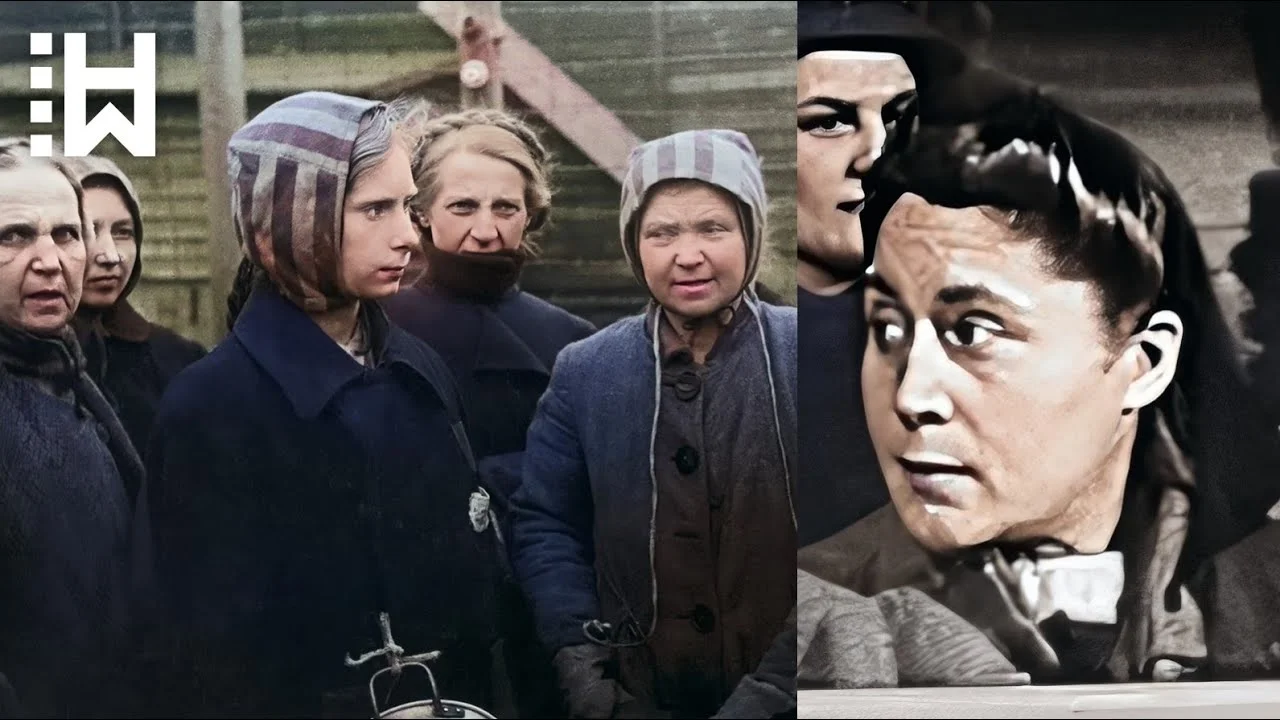
As the Red Army closed in on Ravensbrück in April 1945, Bösel fled with her husband, attempting to escape accountability. However, British forces captured her, and she faced justice at the first Ravensbrück Trial in Hamburg, Germany, from December 1946 to February 1947. Alongside other female guards, including Dorothea Binz and Elisabeth Marschall, Bösel was charged with war crimes, including maltreatment, murder, and participation in the deadly selections. The court found her guilty, with evidence of her direct role in sending prisoners to the gas chambers or Uckermark undeniable.
On May 3, 1947, at 9:55 a.m., Bösel was executed by hanging at Hamelin Prison by British executioner Albert Pierrepoint, following Binz and Marschall. The executions marked a rare instance of female perpetrators facing capital punishment for Holocaust atrocities. Of the 3,600 women who served as Nazi camp guards, only 21 were executed, underscoring the significance of Bösel’s punishment. Her death closed a chapter on one of Ravensbrück’s most ruthless figures, but as one X post reflected, “Justice was served, but it can’t undo the suffering she caused.”
Legacy and Lessons
Greta Bösel’s story is a grim reminder of the Holocaust’s horrors and the complicity of ordinary individuals in extraordinary evil. Her transition from nurse to “butcher” highlights how Nazi ideology corrupted even those trained to heal. The Ravensbrück Trials exposed the brutality of female guards, challenging stereotypes about women’s roles in atrocities. As historian Sarah Helm notes in If This Is a Woman, Ravensbrück’s female overseers were as integral to the camp’s horrors as their male counterparts, shattering myths of passive complicity.
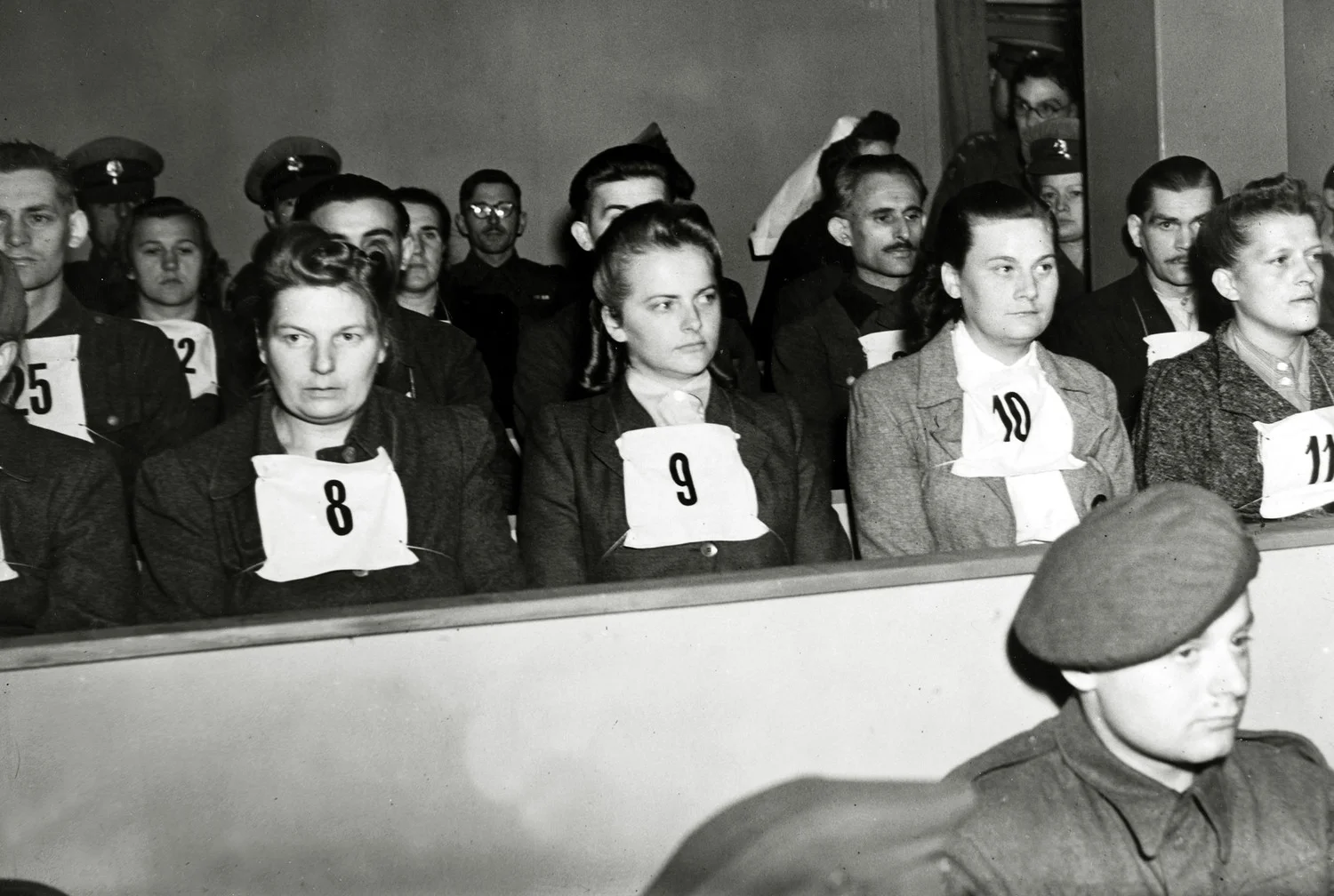
Today, Ravensbrück stands as a memorial, with few remnants of its structures but a lasting legacy of remembrance. Bösel’s actions, alongside those of Binz and others, serve as a warning of how ideology can twist morality. An X user summed it up: “Greta Bösel’s story shows how far people can fall when they choose hate over humanity.” Her execution was a step toward justice, but the scars of her victims endure.
Greta Bösel’s transformation from a nurse to a Nazi “butcher” at Ravensbrück is a chilling tale of moral collapse and unimaginable cruelty. Her role in selecting prisoners for death at the gas chambers or Uckermark subcamp, coupled with her callous mantra, “If they cannot work, let them rot,” cemented her infamy. The Ravensbrück Trials brought her to justice, with her execution on May 3, 1947, serving as a reckoning for her war crimes. Yet, her story raises haunting questions about human nature and the capacity for evil. How could a caregiver become a killer?
